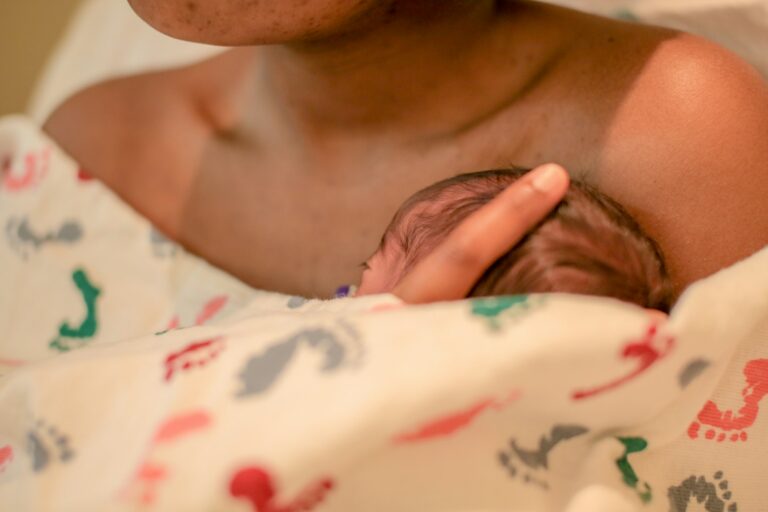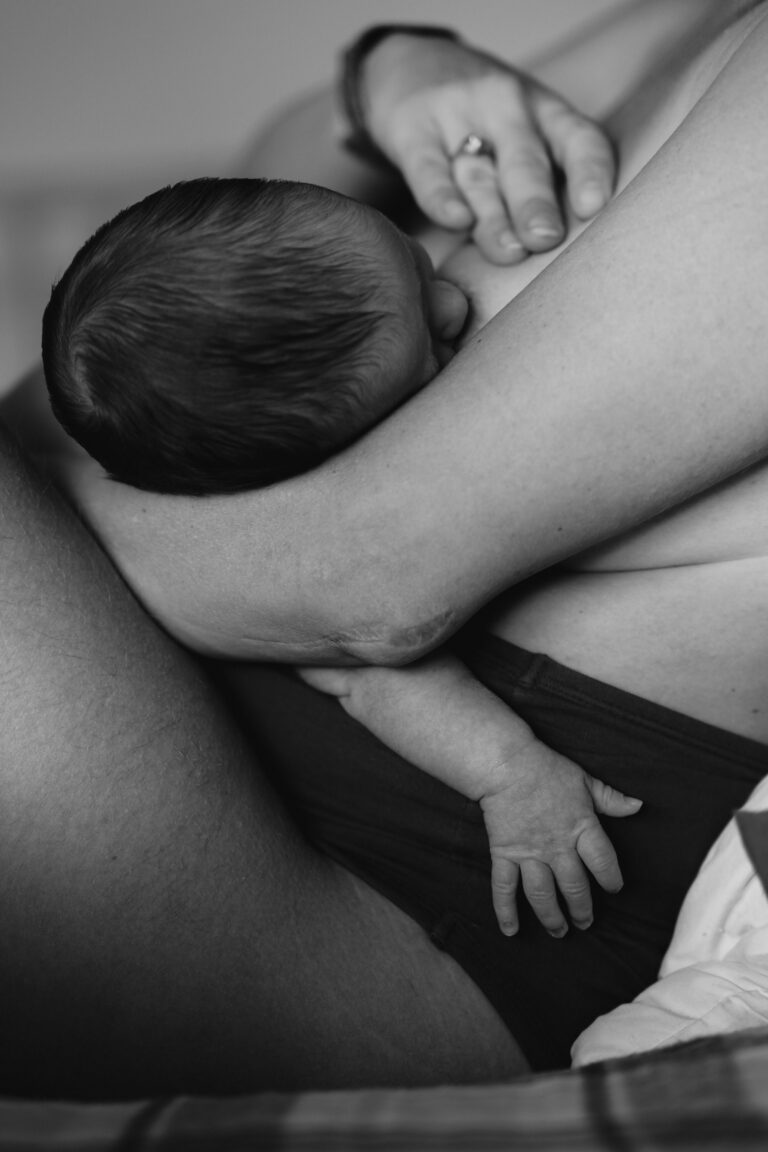Curious, perhaps even a touch apprehensive, parents frequently find themselves pondering how best to nurture a child’s endless curiosity while supporting healthy development—intellectually, emotionally, and physically. The Montessori method, a beacon for families seeking an alternative to traditional schooling, offers a blend of freedom and structure, intuition and research. Daily questions arise: What does autonomy look like for a toddler? How can children be supported in finding their path without pressure? Why does “child-led” sound alluring yet intimidating? The search for an environment balancing aspiration and acceptance, discipline and tenderness, often leads to the Montessori method. Here, each detail—from deliberately chosen learning materials to the measured guidance of teachers—carries intention, all rooted in careful scientific observation and practical wisdom. The forthcoming sections will illuminate this approach, untangle longstanding misconceptions, and equip families with both the medical and academic knowledge required to make informed choices.
Montessori method: what every parent should know
Step into the early 1900s—Dr. Maria Montessori, physician and scientist, witnessed children blossoming when given the liberty to explore a well-prepared world. She envisioned a reality where each child, unique in pace and personality, remains at the heart of learning. The Montessori method grew out of these keen observations; it champions respect, celebrates the absorbent mind (the effortless way young brains soak up knowledge), and defines distinct “sensitive periods”—windows during which specific skills are instinctively acquired.
Notably, the Montessori method holds no trademark, making quality a patchwork. Some schools follow authentic principles, others less so. Why is this important? The standards preserved by the Association Montessori Internationale (AMI) and the American Montessori Society (AMS) are the touchstones for true Montessori fidelity. Opting for an accredited program increases the chances of genuine Montessori method benefits: deeper focus, independence, and rich peer learning.
Scientific studies echo these promises. For example, in the first six years—when neuroplasticity, or the brain’s adaptive potential, is at its peak—Montessori environments encourage curiosity in a way that traditional models rarely match. Special phases, called sensitive periods, facilitate rapid progress in motor skills, language, and even social-emotional awareness.
Core concepts of the Montessori method in daily life
A typical Montessori environment is as carefully curated as a laboratory: child-sized furniture, low shelves stocked with inviting materials, and soft lighting that invites both relaxation and concentration. Here, children enjoy a “freedom within limits”—an intriguing paradox where exploration thrives, but boundaries never entirely loosen.
Have you ever watched a child lose themselves happily in pouring water from jug to glass? Or meticulously arranging blocks into a tower, frowning, readjusting, finding joy in each attempt? This is practical life in motion—a foundation of the Montessori method. Every item, from sponges to tongs, is purposeful, developing fine motor skills and healthy self-esteem.
Teachers—called guides—do not dominate the scene. Rather, they step forward only to demonstrate new tasks, withdrawing to observe, ready to support but never ushering a child away from an activity that’s capturing their attention. This hands-off approach means learners advance according to their own “internal schedule,” which pediatric neuroscience strongly supports.
Mixed-age classrooms—typically spanning three years—transform peers into mentors. A five-year-old may help a three-year-old zip a jacket, while gaining patience and empathy. Older ones model advanced skills, encouraging collaboration and social-emotional development naturally, without forced groupings. These peer dynamics promote authentic social learning, highlighted in child psychology literature as central to emotional intelligence.
Montessori curriculum: a journey through five glowing areas
The essence of the Montessori method lies in making knowledge tangible and accessible, weaving together practical life, sensorial learning, mathematics, language, and cultural studies. Let us briefly wander through these islands of discovery:
- Practical Life: Pouring, spooning, cleaning—mundane acts, elevated into meaningful rituals, providing the basis for coordination and independence.
- Sensorial Exploration: Wooden cylinders, textured fabrics, colour tablets—these materials sharpen perception, crucial for later scientific and mathematical thinking.
- Mathematics: Concrete first, abstraction later—children handle beads and rods before shifting to numerals and equations, a sequence echoing developmental neurology.
- Language: Sandpaper letters engage touch, sound games awaken phonemic awareness; the result is confident early reading and writing.
- Cultural Studies: Children traverse continents via globes and puzzle maps, taste foreign music, and dissect flower petals, nurturing curiosity about the broader world.
Montessori materials are self-correcting—errors become opportunities for independent problem-solving, a point regularly stressed in cognitive psychology. External correction recedes; confidence naturally grows as children realize that learning is a personal journey, not a contest.
The Montessori teacher: guide, observer, partner
Picture a teacher with a clipboard, quietly taking notes—not to grade, but to identify a moment of readiness. Montessori educators are specially trained, ideally certified by AMI or AMS, and immersed in developmental psychology as well as hands-on curriculum management. This deep study sets them apart: rather than imparting knowledge, they create paths for children to discover it.
Assessment happens continuously, via observation rather than routine tests, capturing nuances traditional metrics might miss. Progress—intellectual, emotional, and physical—is mapped closely, ensuring timely support or challenge.
This approach, firmly underpinned by current research on neurodevelopment, respects the child’s unique rhythm and prevents anxiety and perfectionism often linked to standardized grading.
Montessori method across ages: tailored steps from babyhood to adolescence
What does Montessori look like at different ages? The transformations are striking:
- Birth to 6 months: Infants are offered mobiles and gentle sensory stimuli—simple, calming, ensuring healthy neurological wiring.
- 6 to 18 months: Movement is king—low mirrors, climbing structures, and pots to bang as children refine coordination and embark on exploratory journeys.
- 18 months to 2 years: Boundaries are gently introduced; little ones help tidy shelves or put away shoes, laying groundwork for responsibility and social skills.
- 3 to 6 years: Here, concentration deepens, dexterity blossoms, and language explodes, all supported by an environment tailored perfectly to each sensitive period of development.
- 6 to 12 years: Imagination and reasoning ignite; collaborative work builds scientific inquiry, friendship, and confidence.
- 12–18 years: Adolescents turn outward—seeking independence, engaging with projects that matter, balancing freedom with gradually increasing academic challenge.
Increasingly, Montessori programs offer bilingual environments, harnessing the sensitive period for language and bolstering both cognitive flexibility and cultural awareness—a synergy that paediatricians and neuroscientists now recognise as advantageous for brain plasticity.
Why the Montessori method? Research, benefits, and real-world outcomes
The advantages, according to a growing body of research, are multi-dimensional. Enhanced executive function, resilience, emotional self-regulation, and above-average literacy rates regularly surface in outcome studies of Montessori learners. Neurodevelopmental experts often highlight these gains, citing the alignment between Montessori principles and the biology of early brain development.
In environments with “freedom within limits,” children naturally develop leadership, empathy, collaboration, and intrinsic motivation—qualities repeatedly shown to predict well-being and lifelong achievement (unlike short-lived results from extrinsic rewards).
Notably, social trust and satisfaction in adulthood are often reported by Montessori alumni. The blend of autonomy and support builds confidence—qualities that echo far beyond the classroom’s four walls.
Comparing Montessori, Reggio Emilia, and Waldorf approaches
Each child-centred pedagogy brings unique philosophy and technique.
- Montessori vs Regular Schools: Montessori method orbits around child choice, exploration, mixed ages, and hands-on materials. Traditional classrooms more often orbit around teacher directives, uniform curriculum, and frequent testing.
- Montessori vs Reggio Emilia: The Reggio Emilia approach favours collaborative, project-based exploration, an environment evolving with children’s current interests, and a central place for artistic expression. Montessori favours quiet independence, regular routines, and self-paced completion of work.
- Montessori vs Waldorf: Waldorf relies on rhythm, imagination, and deep teacher-student continuity, while the Montessori method roots itself in direct sensory experience—adapting learning tools and boundaries to each developmental phase.
Contemporary research often spotlights the Montessori method for its scientific grounding and respect for each child’s neural and emotional timeline.
Challenges and considerations: what parents should weigh up
It’s tempting to idealize the Montessori method, but the landscape isn’t uniform. Some schools operate as private institutions—tuition-heavy, sometimes beyond the reach of many families (though public options are rising). The freedom of the term “Montessori” means that not all programs uphold authentic practices, and quality swings widely.
Divergences in teacher training further impact classroom experience. High-quality Montessori education requires educators steeped in developmental psychology, prepared environment theory, and hands-on classroom management—training still not universal.
Finally, the open-ended nature of Montessori assessment doesn’t always mix smoothly with subsequent transitions into test-driven schooling. Not all children are drawn to autonomous learning—some thrive in more explicit instruction and precise structure, something every parent might want to consider when weighing options.
Studies consistently underline this: Authentic, high-fidelity programs with genuinely trained guides yield the strongest developmental outcomes.
Montessori method at home: practical advice for parents
Translating Montessori principles from school to home need not involve expensive toys or professional-grade materials. Instead, the secret lies in designing spaces and routines that nurture child-led discovery. How can parents do this, even with shifting schedules and family dynamics?
- Reimagine the home: Create accessible zones for books, art, and self-care. Keep everything within your child’s reach—independence starts with small choices.
- Choose activities mindfully: Select sensory-rich, developmentally appropriate materials—grain pouring, sorting beans, or threading beads can prove more rewarding than the latest gadget.
- Champion autonomy: Rather than stepping in, let effort stand. If your child fumbles with shoes, give time, not the solution.
- Observe quietly: Subtle attention—watching to learn, not to correct—sharpens your understanding of growing interests and needs.
- Embrace the process: Celebrate questions and experimentation, not finished products.
- Integrate daily life: Invite children into family routines—laying the table, washing fruit, tending to plants. These acts nurture responsibility and a feeling of belonging.
- Favour real and natural: Offer wooden spoons instead of plastic pretend versions, working tools in child sizes, and natural materials to stimulate sensory development.
- Seek out resources: Explore books, community groups, or Montessori-inspired activity boxes.
- Build reliable routines: Prioritize calm time for open-ended play, shielded from screens and interruptions but anchored by gentle boundaries.
With these everyday exchanges, the Montessori method transcends school, grounding children in confidence and self-motivation, irrespective of external recognition.
Montessori worldwide: trends shaping the future
Over 20,000 Montessori schools now span continents—each interpreting Dr. Montessori’s legacy through distinctive cultural filters. While the United States, Europe, and India remain major hubs, the approach now finds homes in both rural and urban settings worldwide.
Digital technology, a frequent topic of debate, begins to filter into Montessori spheres—think curated educational apps and online modules—though screens remain secondary to tactile, real-world exploration. Adolescents, often left behind in educational innovation, receive patient, structured encouragement towards self-reliance, social responsibility, and practical engagement.
Montessori-educated inventors, entrepreneurs, and artists credit the approach for nurturing innovation and confidence—traits now prized in a rapidly evolving world.
Key Takeaways
- The Montessori method recognises each child’s individuality and taps into natural drives for discovery, enabling holistic development—intellectual, social, and emotional.
- Carefully prepared, flexible environments foster curiosity, independence, and sustained motivation far beyond childhood.
- The involvement of authentically trained adults and genuine materials is vital for true Montessori benefits.
- Families can apply the Montessori method at home through mindful design, encouraging autonomy, and focusing on process rather than perfection.
- The approach continues to evolve, fuelled by research and the urgent need for education that respects the whole child.
- For extra guidance and confidence, parents can consult professionals and explore digital support, including the Heloa app, for personalised advice and free health questionnaires for children.
Questions Parents Ask
What is the ideal age to start Montessori at home?
There really is no fixed start line! Many families begin Montessori method practices from birth—think gentle routines, freedom to move, simple toys made of natural materials, and unhurried exploration. As your child grows, keep adapting—offer more independence, introduce hands-on activities, and keep following their unique interests and rhythm.
Can Montessori be adapted for children with special needs?
Absolutely. The Montessori method’s deeply personalised approach, with observation at its core, allows for thoughtful calibration for children of all abilities. Using specialised materials and flexible routines, children receive sensory-based, structured support while still enjoying choice and autonomy. Many families find the connection and predictability comforting, especially when extra support for speech, movement, or attention is needed.
Is it possible to practice Montessori without official materials?
Certainly. The Montessori method is rooted in purpose, not just in price tags. Everyday household items—spoons for scooping, baskets for sorting, soft cloths for cleaning—become powerful learning tools. The essence lies in intentionality: activities that encourage independence and focus, in a space where your child feels trusted to explore and act at their own pace.









